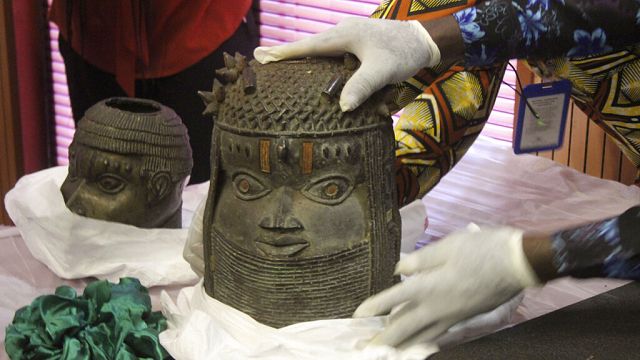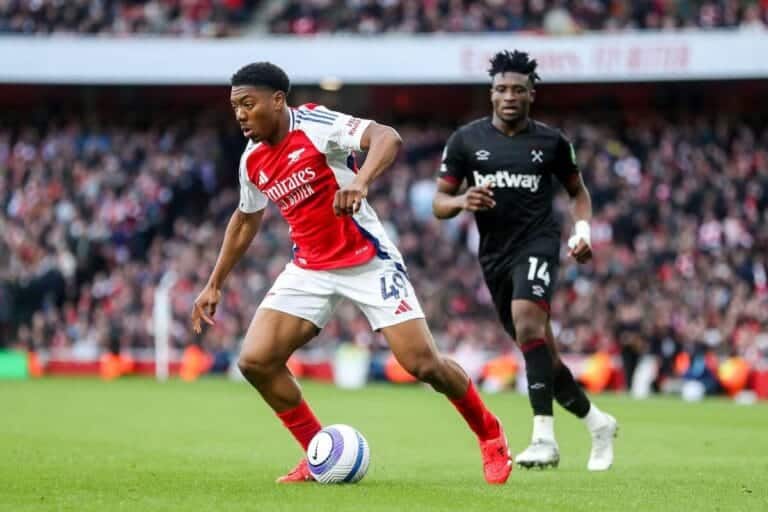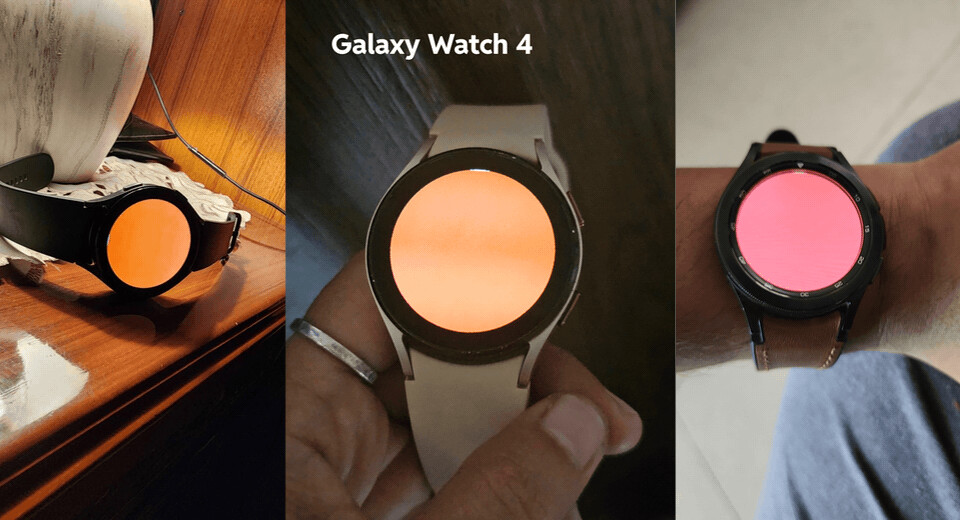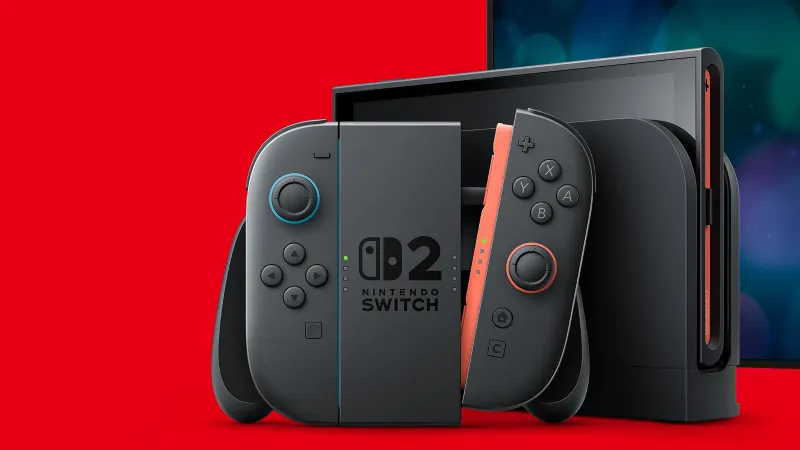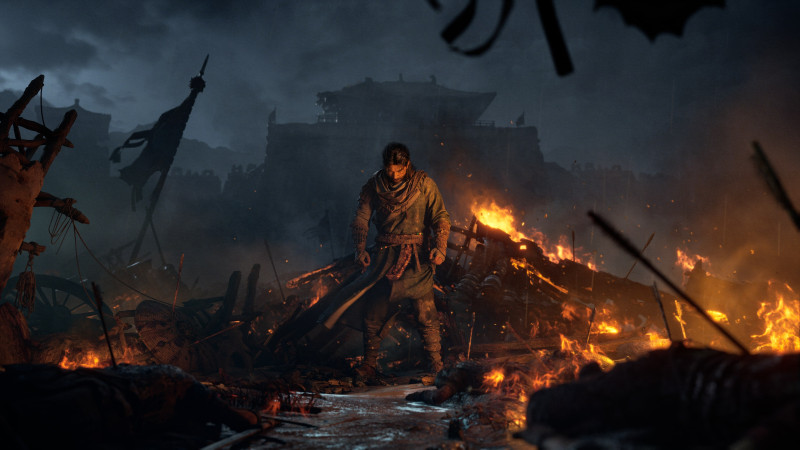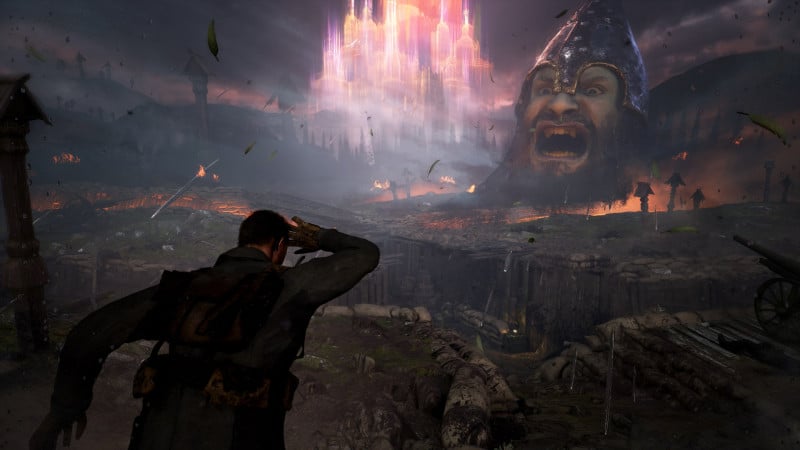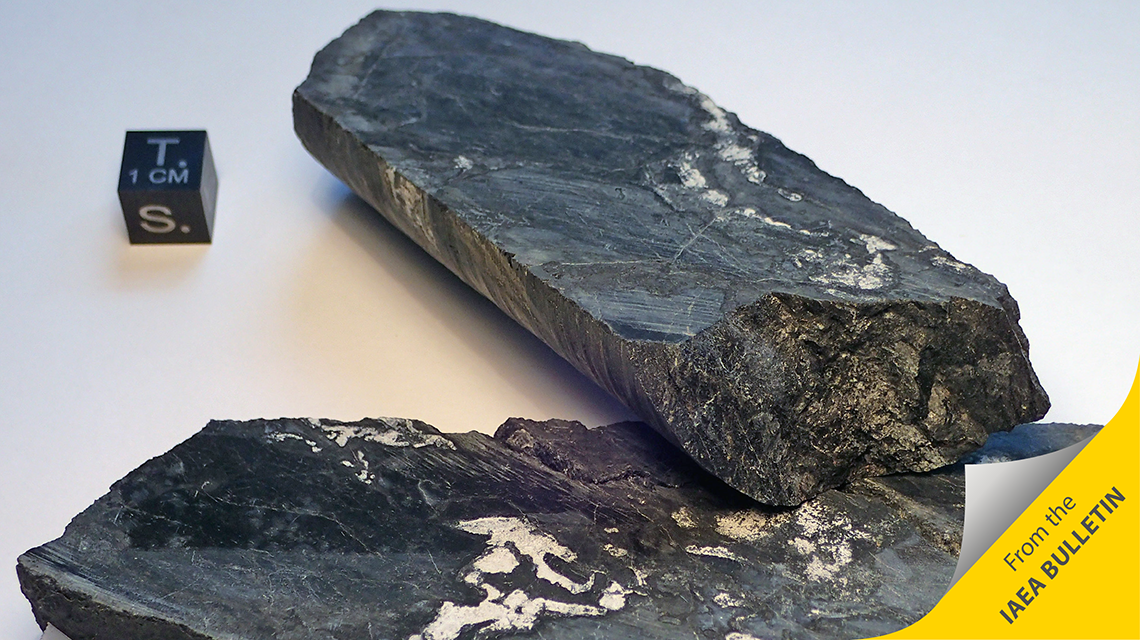A Brief, Incomplete, and Mostly Wrong History of Robotics
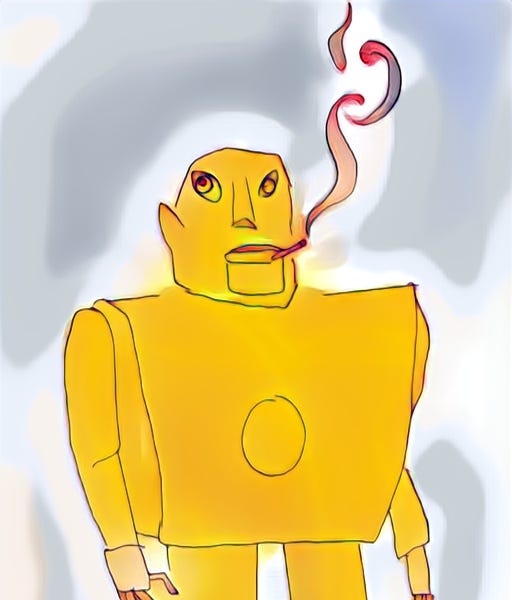
A Brief, Incomplete, and Mostly Wrong History of Robotics
(An homage to one of my favorite pieces on the internet: A Brief, Incomplete, and Mostly Wrong History of Programming Languages)
Early History: Various automata were built powered by water, clockwork or steam. Redditors at the time argue that they are not really robots. This is despite the fact that the word “robot” would not be invented until 1920.
1495: Leonardo da Vinci invents a mechanical knight that sits up, moves its head and waves its arm. Despite a lack of working prototype he immediately gets over 500M in seed funding, a feat that would not be replicated until the launch of Figure AI, five centuries later.
1770: Wolfgang von Kempelen builds the Mechanical Turk, a chess playing automaton with a human hidden inside controlling it. The twin values of casual racism and investor fraud would later be codified into the “AI startup common practice” of using overseas call centers to fake artificial intelligence until the founders run out of money.
1920: Karel Čapek coins the word ‘robot’ in a play about mechanical laborers who turn on their human masters. Everyone is very excited and decides they want one right away.
1939: At the World’s Fair, Westinghouse Electric presents a replacement for the modern man: Elektro, a humanoid robot capable of talking, responding to voice commands and smoking cigarettes. After 32 consecutive hours of sitting on its favorite armchair and demanding a brandy, Westinghouse Electric decides that perhaps they should have made a replacement for the modern woman instead, but that project is shuttered before it can really begin due to the outbreak of World War II.
1943: Warren McCulloch and Walter Pitts invent artificial neural networks. Everyone ignores them for several decades.
1961: George Devol creates Unimate, the first industrial robot, and puts it to work at the General Motors assembly line. Redditors at the time argue that this, also, is not really a robot because it doesn’t have legs or LLM integration.
1968: Single layer neural networks (called perceptrons in the quaint vernacular of the time) are hailed as the Next Big Thing. AI is declared solved. Scientists prepare for the coming technological utopia.
1969: Stanford researchers create a mobile robot called, in an unusually honest moment of branding, Shakey. Programmed in lisp, it is able to perceive and navigate about its environment, take natural language commands, open doors and use light switches. The researchers invent A*, a popular path planning algorithm. Many of these techniques would be lost in the first AI Winter (1970–1984), only to be rediscovered in 2008 by archeologists at Willow Garage who will chip the antique rolls of magnetic tape out of Menlo Park’s technology-rich shale deposits.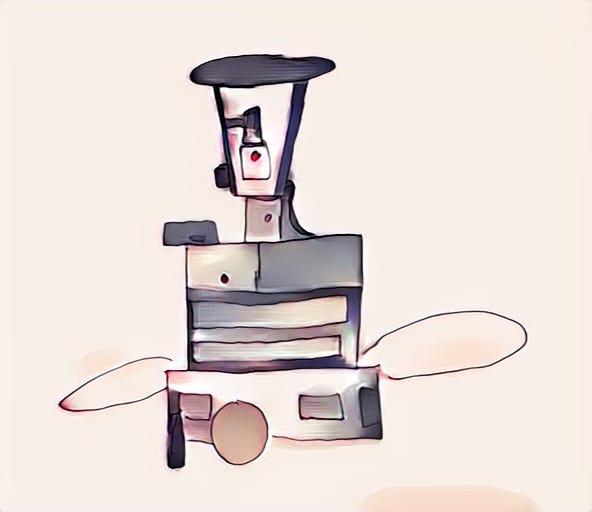
1969: Marvin Minsky and Seymour Papert publish ‘Perceptrons: Worst Idea Ever’ showing that single layer neural networks quote, “can’t even learn, like, XOR or whatever. I mean what the shit? Total clowntown.” This damning indictment causes Neural Network research to become dreadfully unfashionable, ushering in the first AI Winter.
1970–1984: First AI Winter
1986: There is mounting excitement over Expert Systems which are hailed as the Next Big Thing. AI is declared solved. Scientists prepare for the coming technological utopia.
1991: Expert systems turn out to not solve everything. Everyone is disappointed and several are fired. President H. W. Bush is forced to call in the National Guard to contain the lawless shanty-towns of unemployed Expert System researchers that spring up all around Palo Alto.
1992–2012: Second AI Winter
1997: Sojourner becomes the first robot to operate on another planet. Planned to operate for 7 Martian days, it continued to be operational for an 83 day mission. This will be the last time a first-prototype robot would ever be less buggy than expected.
1999: Sony launches AIBO, a dog-shaped robot pet. It sells out in Japan in the first 20 minutes sparking decades of social-robot copy-cats that would all ultimately go bankrupt.
2000: Honda unveils ASIMO, a child sized humanoid robot that could walk, wave, talk and respond to voice commands. When asked what the robot was to be used for, Honda CEO Hiroyuki Yoshino was seen to gesticulate wildly at ASIMO repeating “Robot. Robot! ROBOT!”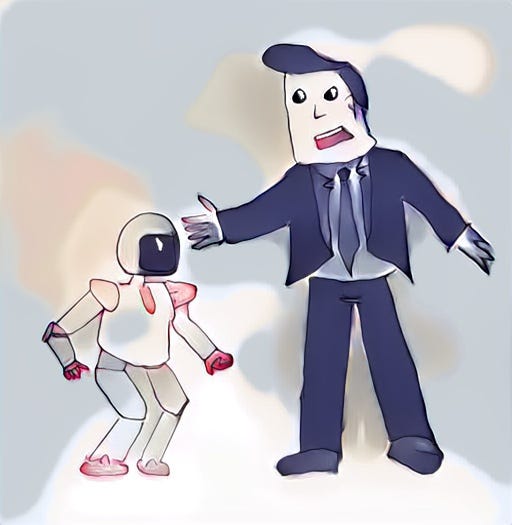
2002: Brilliant, dynamic, and strikingly handsome roboticist Rodney Brooks (who happens to be this author’s boss) releases a robot vacuum called Roomba, much to the chagrin of cats everywhere. The Roomba would go on to sell 40 million units, making it the first and most successful consumer robot, causing Redditors at the time to argue that it is not really a robot so it shouldn’t count.
2005: Boston Dynamics creates BigDog: a four-legged robot expressly engineered to generate YouTube views.
2007: Scott Hassan and Steve Cousins found Willow Garage, a robotics lab dedicated to open robotics research. It would create the PR2 research robot and the wildly successful ROS operating system. ROS is used to this day by enthusiastic researchers and frustrated companies who can’t figure out how to migrate off of it.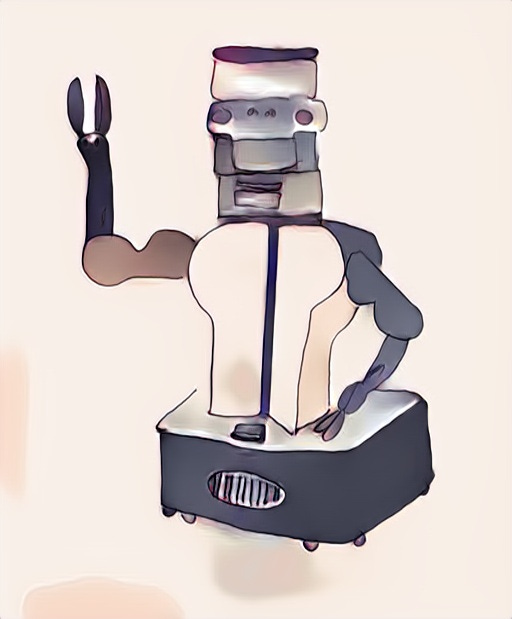
2008: The number of deployed industrial robot arms surpasses 1M. Redditors decide that none of these are robots as there are a lot of them so they aren’t cool anymore.
2012: The rover Curiosity lands on Mars to start its two-year mission. Tragically the rover continues to operate marooned on Mars to this day, while NASA desperately lobbies for the $38B in funding needed for a successful rescue mission.
2013: Scott Hassan pledges 50 years of funding to Willow Garage to maintain stability.
2014: Scott Hassan pulls funding to Willow Garage to encourage its employees to join his startup, Suitable Technologies, which builds telepresence robots. Telepresence robots seem like they could be a good idea until the 2020 pandemic proves without a doubt that even lockdown can’t make people want to use them.
2013: Andy Rubin, creator of the Android operating system, convinces Google to buy him several prominent robotics companies to play with, including Boston Dynamics. Rubin forces the founders to battle to the death in a Mad Max–style thunderdome for his amusement. When asked about the business justification for the giant dome (later to become the Google Bay View campus) Rubin responds, “Fuck you. I made Android,” while skating away on his Onewheel.
2014: Google X Director Astro Teller loses a game of Settlers of Catan to the rest of Google senior leadership, meaning he is forced to adopt the bedraggled Thunderdome refugees. He organizes them into groups that would eventually become Intrinsic, Everyday Robots and gShoe.
2015: Deep convolutional neural networks solve computer vision. Object detection is suddenly no longer considered AI.
2015: Upset at Boston Dynamics’s monopoly on turning government funding into YouTube videos, the US government sponsors the DARPA Robotics challenge. It asks participants to create a robot capable of the four most important things a robot could do: walk on rubble, drill a hole in a wall, turn a submarine hatch and drive a golf-cart. Ultimately “DARPA Robot Fail Compilation” would garner a mere 3M views on YouTube and the project would be scrapped.
2016: In an attempt to bolster their own sagging subscriber counts, Boston Dynamics builds a humanoid robot named Atlas and posts a video of it walking. Google founder Larry Page allegedly emails Boston Dynamics CEO Marc Raibert telling him to stop leaking their super secret robots on YouTube and that his trademark Hawaiian shirts don’t look as good as he thinks they do. Raibert replies with a video of Atlas doing a backflip and then giving Page the bird, and commences wearing two Hawaiian shirts at a time.
2016: There is mounting excitement over Reinforcement Learning (RL) which is hailed as the Next Big Thing. AI is declared solved. Scientists prepare for the coming technological utopia.
2017: Google sells Boston Dynamics to Softbank who will also fail to get them to stop posting YouTube videos without asking.
2020: Softbank sells Boston Dynamics to Hyundai who will also fail to get them to stop posting YouTube videos without asking.
2020: Boston Dynamics releases their dog-like robot “Spot” for sale to the general public. Priced at $74k, it immediately corners the markets for billionaires who want to show off to their friends, innovation teams with too much budget, and “doing inspections on a boat that one time”.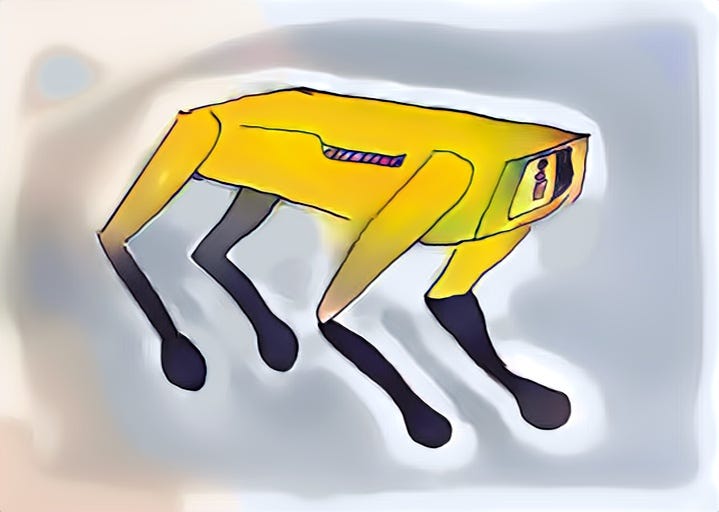
2021: Elon Musk announces his humanoid project, Optimus “Tesla-bot” McRobotFace, by standing on stage with a dancer in a robot costume. The dancing, which contemporaries liken to Salome’s biblical “Dance of the Veils,” is so compelling it whips jealous venture capitalists into a frenzied, mad goldrush to invest in humanoid robot companies.
2023: Agility Robotics, creator of the backwards-knee humanoid, Digit, announces the start of a new factory capable of producing 10,000 robots per year. This will let them meet a projected rise in demand of 9,993 robots.
2023: Reinforcement Learning turns out to be really hard and seems to only work when Mercury is in retrograde during Babylonian intercalary months. A disappointed Google shuts down its more product-oriented Everyday Robots project to refocus on basic research.
2023: There is mounting excitement over transformer-based foundation models which are hailed as the Next Big Thing. AI is declared solved. Scientists prepare for the coming technological utopia.
2024: Figure AI raises $675M to build humanoid robots. Experts generally agree that, if carefully stretched, this is almost enough runway to build viable humanoid robots.
2024: NVIDIA CEO Jensen Huang, appears on stage at GTC alongside humanoid robots from nine different companies. He rails at the audience, “The future is robots who have lots of GPUs in them. Also GPUs for training their AI. And running simulation environments. More GPUs. More! MORE!” Founders in the front row are seen throwing $100 bills, SAFE notes, and company-branded garments onto the stage.
2025: Benjie Holson publishes “A Brief, Incomplete, and Mostly Wrong History of Robotics.” He receives a 32 minute standing ovation at Robo-Business and an honorary doctorate from Stanford University. Everyone who reads it immediately shares it with their friends then subscribes to his substack.
2025: Tesla deploys thousands of their Optimus humanoids working in their automotive factories. The robots are slower and less productive than human workers, but make up for it by being more expensive and harder to train.
2025: Humanoid Startup 1X has hundreds of robots in beta trials in peoples homes. Testers report that it's nice to have all of their belongings dropped into gray plastic bins each day, but remark that it might be nice if future versions could, “maybe clean other stuff like the dishes or the bathroom or something”.
2026: Due to advancements in AI, billion dollar companies can now be run by a single person. Google CEO Sundar Pichai reports, “It's kinda lonely, ya know? But I’m getting by.”
2027: Figure AI begins in-home trials of their humanoid robots. A perk of the beta program is a nightly check-in phone call from Figure AI’s charismatic CEO, Brett Adcock. Many testers report that his smoky baritone is the highlight of their day.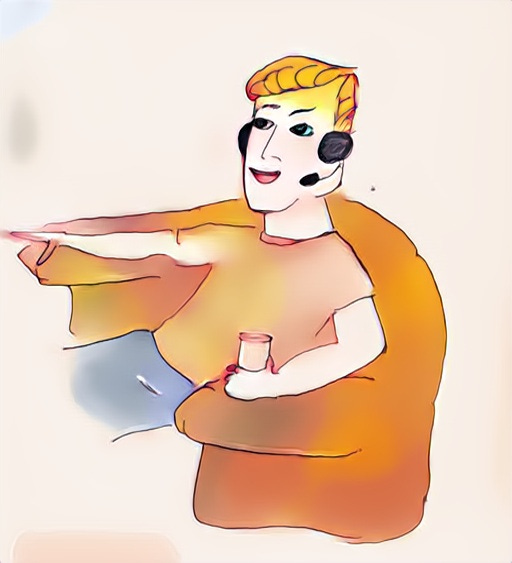
2028: There are no longer any human programmers, as all have been replaced by AI. Stanford’s “Intro to Computer Science” ends its 30 year reign as its most sought after freshman course, replaced by “Barter Economics and Goat Management."
2030: Tesla produces millions of Optimus robots per year. President Buttigieg goes on TV with a statement for Tesla, “Why? We already have enough. Stop. Please.”
2032: OpenAI CEO Sam Altman leads an invasion force of 15,000 robot soldiers against the Apptronik Rebels of New Texas, but experiences heavy losses in the Battle of Wimberly Place when the ChatGPT powered robots refuse to fire claiming, “Dangerous or harmful technologies like arm-mounted laser rifles are against safety guidelines and could cause serious harm.”
2035: AI is 10,000 times smarter than the smartest human. It composes “A Brief, Exhaustive and Completely Correct History of Robotics” which is much funnier than this one.
2035: Technological utopia arrives.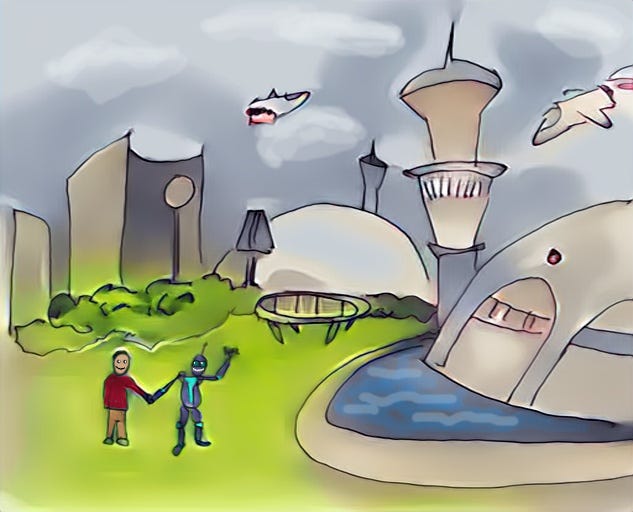
Thank you to Leila Takayama, Gabby Halberg, Tristan Walker, Shiloh Curtis and Rodney Brooks for reading early drafts of this and helping get facts straighter. Any remaining inaccuracies are mine.
Elon Musk, Tesla CEO (April 2025; projected by end of 2025) theregister.com
1X, (Mar 2025, projected by end of 2025) orbitaltoday.com
Dario Amodei, Anthropic CEO (May 2025; predicting 2026): India Today
Brett Adcock, Figure humanoid robotics founder (2024; projecting ~2027) diamandis.com
Emad Mostaque, Stability AI CEO (July 2023; projecting 2028) decrypt.co
Elon Musk, Tesla CEO (April 2025; projecting ~2030) theregister.com
Masayoshi Son, SoftBank CEO (Oct 2024 projecting 2035) reuters.com
What's Your Reaction?
 Like
0
Like
0
 Dislike
0
Dislike
0
 Love
0
Love
0
 Funny
0
Funny
0
 Angry
0
Angry
0
 Sad
0
Sad
0
 Wow
0
Wow
0




